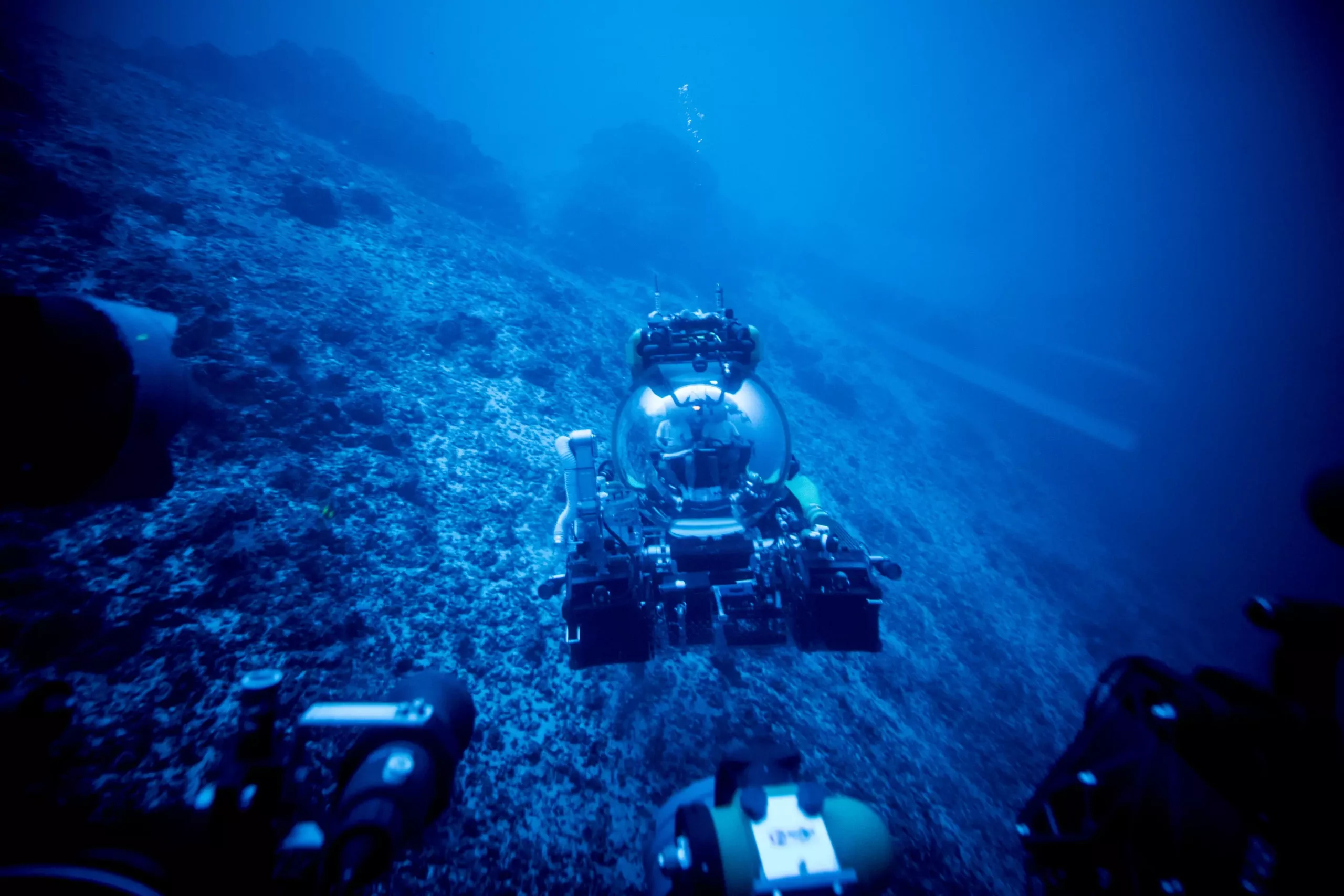Understanding the Earth’s geological carbon cycle is like deciphering a story encoded within rocks. Deep beneath the ocean’s surface, a team of scientists led by Frieder Klein from the Woods Hole Oceanographic Institution have discovered a previously unknown chapter in this captivating narrative. By studying rocks from the submerged flanks of the St. Peter and St. Paul Archipelago in the St. Paul’s oceanic transform fault, Klein and his colleagues have unveiled the untold potential of CO2 capture in these seemingly “boring” areas. Their groundbreaking findings shed light on the role of oceanic transform faults in the global carbon budget, expanding our understanding of the complex interconnected processes that shape our planet.
While mid-ocean ridges and subduction zones have long been the focus of carbon cycling research, oceanic transform faults have been overlooked. Transform faults, where tectonic plates slide past each other horizontally, extend approximately 48,000 kilometers globally. Due to their historically low magmatic activity, these faults were dismissed as uninteresting scientific terrain. However, the team’s investigation has revealed an unexpected truth lurking within these seemingly uneventful sites.
Klein and his team uncovered evidence suggesting that the mantle rocks exposed along these oceanic transform faults may serve as a vast sink for CO2. The process begins with the partial melting of the mantle, which releases CO2 that becomes entrained in hydrothermal fluid. This CO2 subsequently reacts with the mantle closer to the seafloor, ultimately becoming captured there. In essence, the geological carbon cycle incorporates these transform faults as an integral part, previously unknown to the scientific community.
Previous estimates of global geological CO2 fluxes failed to account for transform faults. Consequently, the mass transfer of magmatic CO2 to the altered oceanic mantle and seawater may have been underestimated. While the CO2 emitted at transform faults is relatively insignificant when compared to anthropogenic emissions, on geological timescales, it played a crucial role in regulating Earth’s climate. Prior to human-driven CO2 emissions, geological emissions from the mantle, including those from transform faults, served as a major driving force for Earth’s climate.
The paper emphasizes that while global anthropogenic emissions reach approximately 36 gigatons (Gt) of CO2 per year, average geological emissions only amount to 0.26 Gt per year. Nevertheless, over extended geological timescales, emissions of CO2 sourced from the Earth’s mantle played a pivotal role in shaping Earth’s climate and maintaining the carbon concentration in various surface reservoirs.
To fully comprehend the intricacies of modern human-caused climate change, it is essential to understand natural climate fluctuations throughout Earth’s deep past. These fluctuations are closely intertwined with perturbations in Earth’s natural carbon cycle. The team’s research on carbon cycling between Earth’s mantle and the ocean provides valuable insights into long-term carbon fluxes and their influence on Earth’s climate over millions of years. Such changes in carbon fluxes have resulted in drastic shifts in global temperatures, making the Earth’s climate vastly different from what we know today.
To investigate carbon cycling between Earth’s mantle and the ocean, Klein, Schroeder, and their colleagues examined the formation of soapstone and other magnesite-bearing assemblages during the mineral carbonation of mantle peridotite within the St. Paul’s transform fault. Their findings indicate that the combination of low levels of melting, which generate melts enriched in incompatible elements, volatiles, and CO2, alongside the presence of peridotite at oceanic transform faults, creates favorable conditions for extensive mineral carbonation.
Collecting rocks using human-occupied vehicles during a 2017 expedition to the area, the team’s discovery of carbonate-altered oceanic mantle rocks was a dream come true. These rocks had eluded them for over a decade, but their persistence and determination ultimately paid off. While their initial objective was to investigate low-temperature hydrothermal activity, their inability to find any such activity led them down an unexpected path – unraveling the mysteries hidden within the oceanic transform faults.
The study led by Frieder Klein and his colleagues has revolutionized our understanding of oceanic transform faults in the geological carbon cycle. These previously dismissed areas are now recognized as essential components of the global carbon budget, offering a vast sink for CO2. By comprehending the intricate processes at work within these transform faults, scientists can gain crucial insights into Earth’s deep past and present climate fluctuations. While human-driven CO2 emissions dominate today’s carbon fluxes, understanding the Earth’s natural carbon cycle is essential for contextualizing our current climate crisis. The untold potential of oceanic transform faults unveils yet another layer of complexity within our planet’s geological story, waiting to be decoded by future researchers and scientists.


Leave a Reply